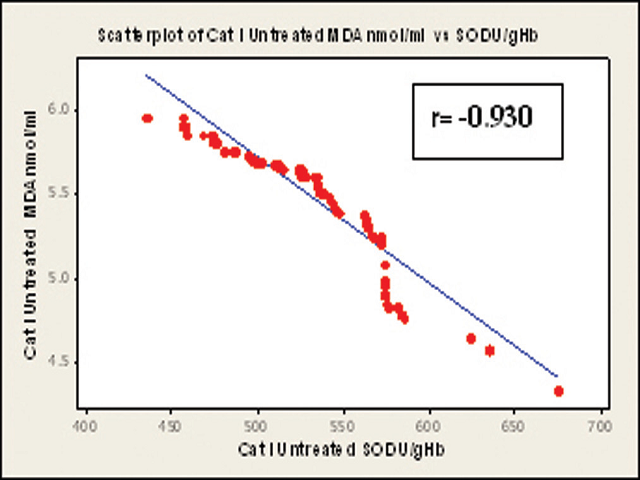Lipid peroxidation, superoxide dismutase and catalase co-relation in pulmonary and extra pulmonary tuberculosis
DOI:
https://doi.org/10.5530/ax.2012.4.1Keywords:
Catalase, Immune system, Pulmonary and extra pulmonary tuberculosis, Superoxide dismutaseAbstract
Objective: Tuberculosis is an infectious disease caused by Mycobacterium tuberculosis affecting mainly the immune system in humans. This Study determines the malondialdehyde causing oxidation stress and blood levels of superoxide dismutase, catalase act as anti-oxidant. Materials and Methods: Study carried out in normal control subjects (n = 100), different categories of pulmonary in newly sputum culture positive diagnosed category I (n = 100), category II (n = 100), category III (n = 100). Extra pulmonary category I (n = 35) and pulmonary category I before and after six months of directly observed treatment, short course. Results: Malondialdehyde levels were significantly increased in pulmonary and extra pulmonary tuberculosis patients. The activity of superoxide dismutase, and catalase were found to be significantly decreased in subjects of all categories of pulmonary and extra tuberculosis pulmonary. Negative correlation between malondialdehyde content, with superoxide dismutase, and catalase was seen in pulmonary tuberculosis, P < 0.001. Conclusion: Increased defense mechanism was due to increased oxidative stress in tuberculosis. Superoxide dismutase and catalase by scavenging of free oxygen radicals interrupt inflammatory cascades and thereby limit further disease progression. The changes were reversed after six month anti-tubercular treatment in patients with good recovery but increase oxidative stress was not completely reversed.
Downloads
Metrics





